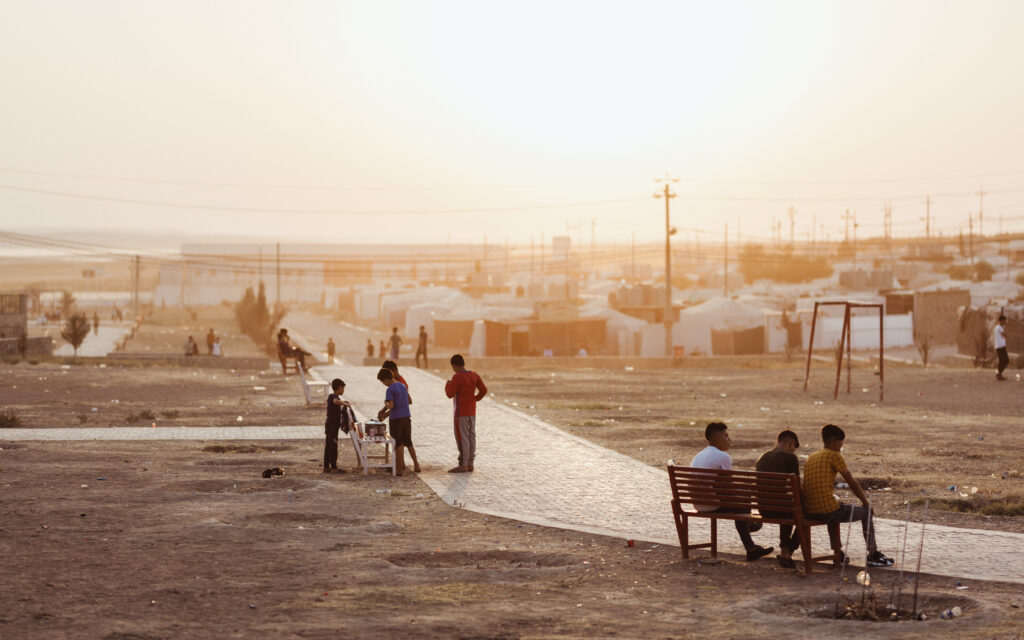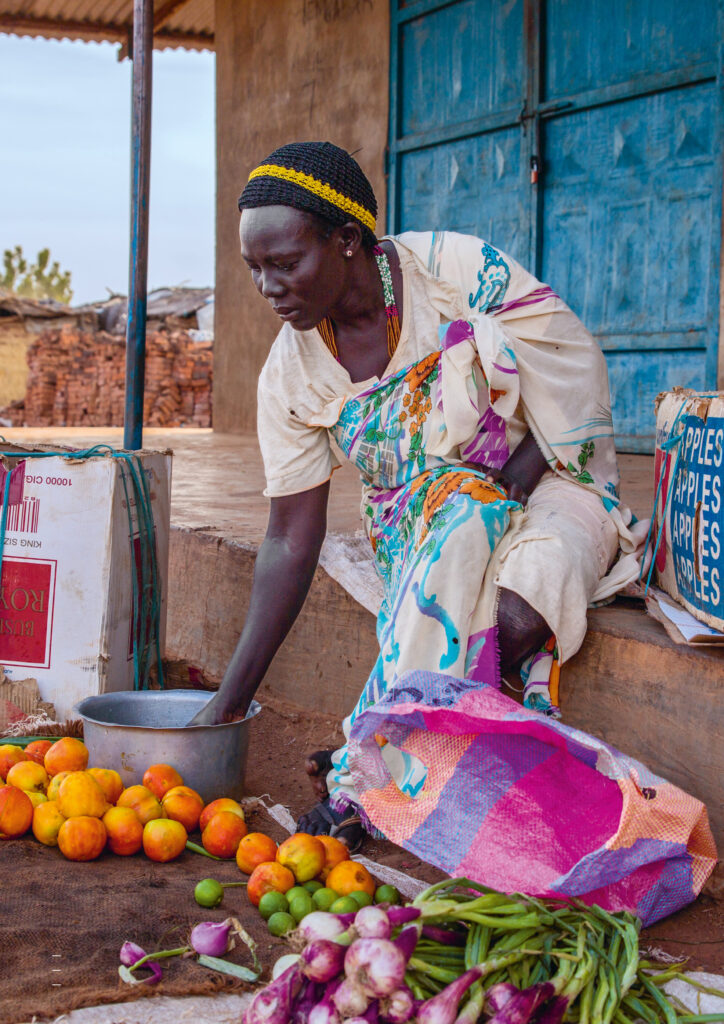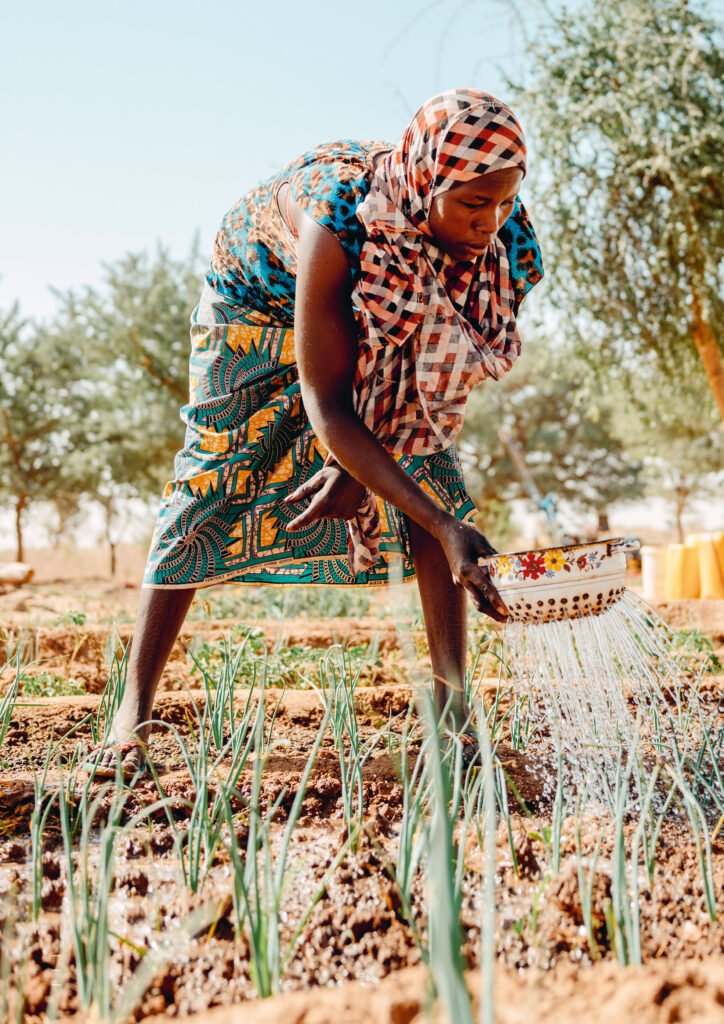The 2021 Global Hunger Index (GHI) points to a grim hunger situation fueled by a toxic cocktail of the climate crisis, the COVID-19 pandemic, and increasingly severe and protracted violent conflicts. Progress toward Zero Hunger by 2030, already far too slow, is showing signs of stagnating or even being reversed.
Based on current GHI projections, the world as a whole—and 47 countries in particular—will fail to achieve a low level of hunger by 2030. Conflict, climate change, and the COVID-19 pandemic— three of the most powerful and toxic forces driving hunger—threaten to wipe out any progress that has been made against hunger in recent years. Violent conflict, which is deeply intertwined with hunger, shows no signs of abating. The negative consequences of climate change are becoming ever more apparent and costly, but the world has developed no fully effective mechanism to mitigate, much less reverse, it.

And the COVID-19 pandemic, which has spiked in different parts of the world throughout 2020 and 2021, has shown just how vulnerable we are to global contagion and the associated health, social, and economic consequences. As a result of these factors—as well as a host of underlying factors such as poverty, inequality, unsustainable food systems, lack of investment in agriculture and rural development, inadequate safety nets, and poor governance—progress in the fight against hunger shows signs of stalling or even being reversed.
According to Caroline Delgado and Dan Smith (Stockholm International Peace Research Institute), authors of this year’s guest essay, “with flexibility, agility, and sensitivity to local perceptions and respect for knowledge, with a new emphasis on partnerships, and with integrative action through food-and-peace hubs, backed by financing to match, we can see a way forward to building food security resilience. Transformative changes are made up of immediate concrete steps, structured according to clear priorities. The global context is not helpful, but actions to break the vicious cycle between conflict and hunger are possible.”

credits: Welthungerhilfe 
credits: Concern Worldwide
Recommendations
The report’s recommendations are:
1. Addressing conflict ultimately requires political solutions and societal change. Apart from diplomatic conflict resolution, one avenue is to strengthen international law and ensure accountability for rights violations, including of the right to food in conflict settings, such as through the use of starvation as a weapon of war.
2. Governments must actively follow up on the UN Food Systems Summit by addressing the structural challenges embedded in our food systems—including inequities and threats to social cohesion, health, environment, and climate.
3. All actors must work to enhance the resilience of food systems to simultaneously address the impacts of conflict and climate change and to ensure food and nutrition security. Integrating a peace-building lens into the creation of resilient food systems and a food security lens into peace building can help advance both sustainable food and nutrition security and durable peace.
4. All actors must base actions on a thorough understanding of the context, and strengthen inclusive, locally led initiatives. They must address the need for transparency, accountability, and inclusive participation of those who are most vulnerable. This includes ensuring women’s meaningful participation in all activities, including peace-building efforts.
5. To effectively work across the humanitarian–development–peace-building nexus, all actors’ roles must be clearly defined and sufficiently supported. Funding must be based on needs and not fall prey to security or political agendas. Instead planning and financing must be flexible, need-based, cross-sectoral, and long-term.
More about the GHI
The Global Hunger Index (GHI) is a tool for comprehensively measuring and tracking hunger at global, regional, and national levels over recent years and decades.
The GHI categorizes and ranks countries on a 100-point scale: values of less than 10.0 reflect low hunger; values from 10.0 to 19.9 reflect moderate hunger; values from 20.0 to 34.9 indicate serious hunger; values from 35.0 to 49.9 are alarming; and values of 50.0 or more are extremely alarming.
The German NGO Welthungerhilfe and the Irish Concern Worldwide, European partners in the Alliance2015 network, collaborate in the annual production. The Italian edition is curated by Cesvi.
- More information on: https://www.globalhungerindex.org/


